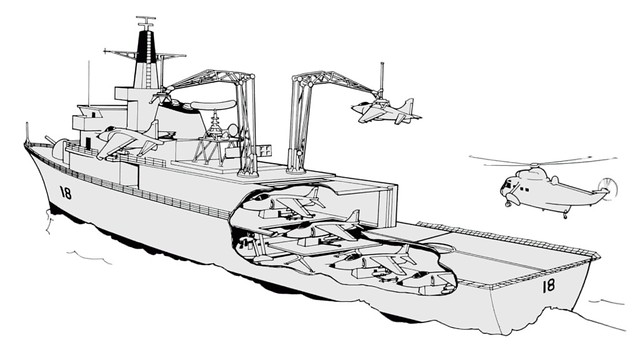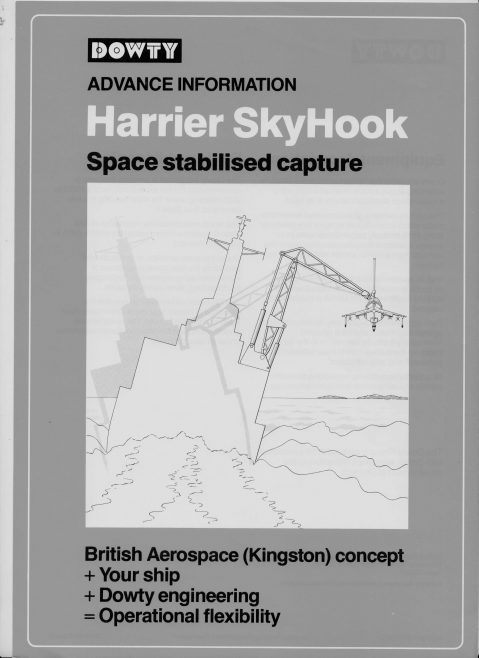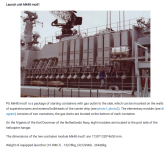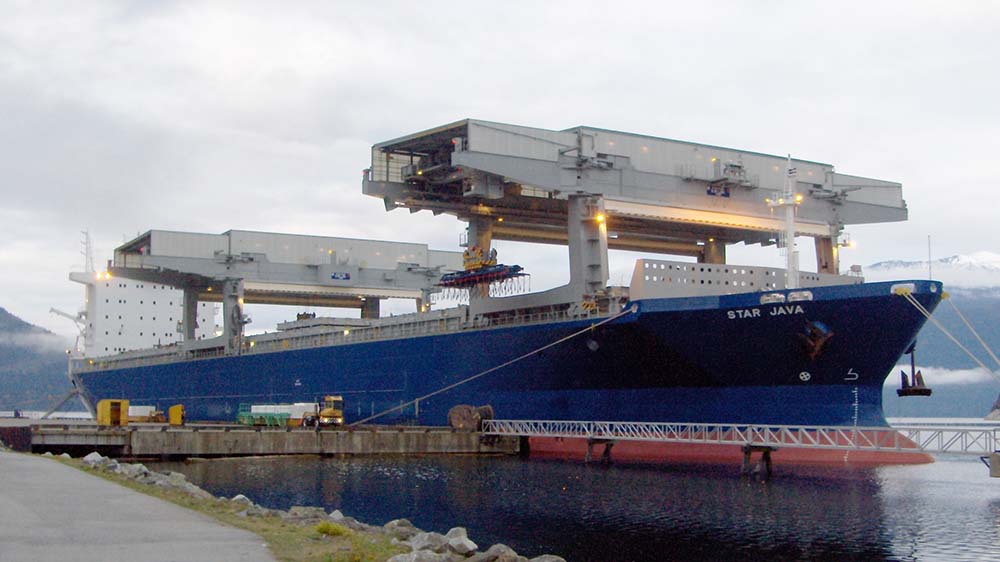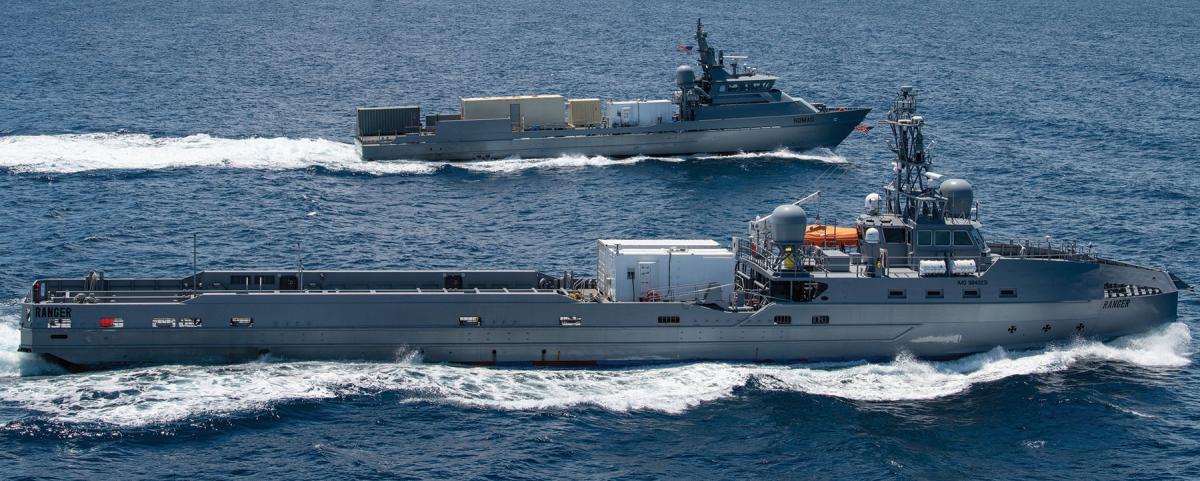- Reaction score
- 3,396
- Points
- 1,120
Agreed - the MK-41 VLS works nothing like that...at all...here's a video of loading an SM-6 canister into a VLS:
Consider, this this the TALOS missile system's below deck loading mechanism.
What you're proposing would be a somewhat simplified version of this, with only needing to move the missile cannisters around. Thing is, the only way to load a VLS is from the top - the J-Tubes that direct the exhaust up/out would block loading from below. So, essentially, the solution would be to bring cannisters across the upper decks, use a fitted crane mechanism, and use that to reload the cannisters into the VLS while at sea.
Except.
That was tried - the 32 cell VLS on the 280's only had 29 missiles, it had 3 cells dedicated to a loading crane. Which couldn't be used at sea...and took 3 missile cells, and if you're going to be pulling up alongside somewhere to load missiles, they're going to have a crane that you can use already.
So, the solution is to either add more cells, or put more missiles in the same cells.
There is a version of the ESSM that does quad packs - 4 missiles in a single cannister. So, theoretically, you could take the 16 cells on the Halifax class and turn it into 64 shots.
NS
Consider, this this the TALOS missile system's below deck loading mechanism.
What you're proposing would be a somewhat simplified version of this, with only needing to move the missile cannisters around. Thing is, the only way to load a VLS is from the top - the J-Tubes that direct the exhaust up/out would block loading from below. So, essentially, the solution would be to bring cannisters across the upper decks, use a fitted crane mechanism, and use that to reload the cannisters into the VLS while at sea.
Except.
That was tried - the 32 cell VLS on the 280's only had 29 missiles, it had 3 cells dedicated to a loading crane. Which couldn't be used at sea...and took 3 missile cells, and if you're going to be pulling up alongside somewhere to load missiles, they're going to have a crane that you can use already.
So, the solution is to either add more cells, or put more missiles in the same cells.
There is a version of the ESSM that does quad packs - 4 missiles in a single cannister. So, theoretically, you could take the 16 cells on the Halifax class and turn it into 64 shots.
NS

